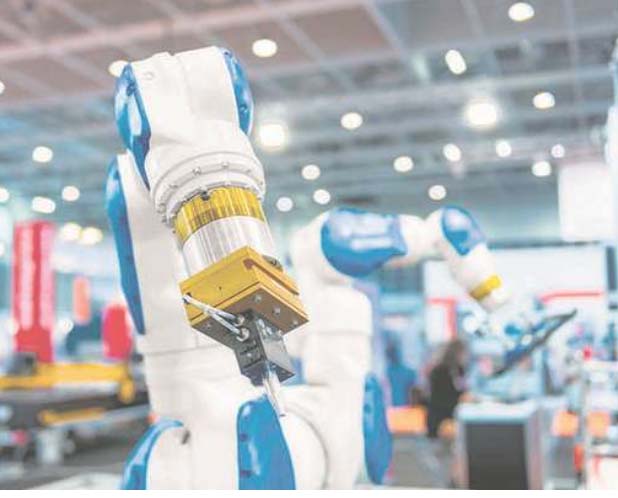Sewing machine automation.
Most of the garment production process, notably the sewing process, is still carried out by skilled employees in nations like Pakistan, Vietnam, Cambodia, and Laos. Because manufacturers haven’t made significant progress toward developing automatic sewing machines or sewing robots, their investment has remained minimal. Industrial robots are now being created to handle fabric components during robotic operations when no manpower is necessary as a result of the automation of the sewing process. In addition, automation has added a new dimension to a number of other tasks, including fabric sewing (lock stitches, chain stitches, etc.), fabric grasping, labeling, sewing buttons and buttonholes, creating 3D seams, and sewing fabric roll together. However, fierce competition exists to keep labor costs low for producers who haven’t invested in cutting-edge machinery and stylish instrumentation.
Related Studies
The numerous features of SewBot minimize the requirements of clothing manufacturers by 50–70%. Additionally, it creates an average of 669 T-shirts each hour on a human sewing line. The production will grow by 71% thanks to a robotic sewing line that can produce 1142 T-shirts every hour. In the United States, where SewBot was developed, a denim shirt costs $7.48 to make using a human sewing line but only $0.33 using a robotic production line.
China Daily reports that Tianyuan Garments, which takes almost 4 minutes from cloth cutting and stitching to the final product, experimented. According to their projection, the system would produce one T-shirt every 22 seconds if they put up 21 manufacturing lines and were fully functional. They will also be able to produce 800,000 T-shirts each day for Adidas.
China Daily
Robotic 3D Sewing Technology
Because it will result in clothes of excellent quality, the application of robotic 3D sewing technology will explore new sewing dimensions. A 3D sewing technology that could create a 3D seam automatically was created by Philipp Moll GmbH & Co. With 3D stitching technology, textiles for clothing (such as shirts, jackets, and pants) and mobile technologies (such as seat covers and airbags) can be produced. This 3D technology can assist in obtaining higher-quality, more productive sewing goods. Robotic 3D stitching technology also decreases labor costs, shortens manufacturing, and boosts productivity.
https://vimeo.com/158544539?embedded=true&source=vimeo_logo&owner=43882741

- Automated & Robotic Sewing Technology makes it possible to produce more garments in less time.
- The number of human errors has been reduced and quality garments are being produced.
- Labor costs will be greatly reduced; as a result overall production costs will be reduced up to 40%.
- Increase the factory efficiency and productivity up to 70%..
- Advanced technology made it possible for the same tasks to be performed in less working hours.
